- About us
- Support the Gallery
- Venue hire
- Publications
- Research library
- Organisation chart
- Employment
- Contact us
- Make a booking
- Onsite programs
- Online programs
- School visit information
- Learning resources
- Little Darlings
- Professional learning
Sir David Low (1891–1963), caricaturist, published his first cartoon in the British comic Big Budget at the age of eleven, while resident in his native New Zealand. A year later, he had left school and was contributing two cartoons a week for the Christchurch satirical weekly the Spectator. He briefly attended business college while continuing to submit cartoons for various publications, raising the occasional objection from employers for the political tendencies of some of his works. While working for the Canterbury Times, he began sending examples of his work to a score of Australian editors each week – a strategy which eventually landed him a job with the Bulletin, which brought him to Australia in 1911. He drew many caricatures, mainly of political figures, for the Bulletin and also contributed to the Lone Hand. A review of his drawings in 1915 stated: ‘Mr Low is not in the least cruel … one might even say that at times his work approaches portraiture.’ In late 1916 he was exempted from war service on the basis that his work was of national importance. His second published anthology of caricatures, The Billy Book (1918) made his name, selling 60 000 copies and invoking the wrath of its subject, Prime Minister Billy Hughes, who is said to have torn the book up when given a copy by one of his ministers. The success of The Billy Book led to a contract with the London Star. Low left Australia in 1919 and remained in England, working for a number of publications until the end of his life in London. Knighted in 1962, he had two honorary doctorates and was posthumously described as the ‘dominant cartoonist of the Western world’.
Little is known of Rudolph Buchner, a Sydney photographer, who interrupted his practice to serve in World War I but returned to the city afterwards. His sitters included Walter Burley Griffin, Louise Carbasse (later ‘Louise Lovely’) and Mary Gilmore.
Collection: National Portrait Gallery
Purchased 2012



On one level The Companion talks about the most famous and frontline Australians, but on another it tells us about ourselves.
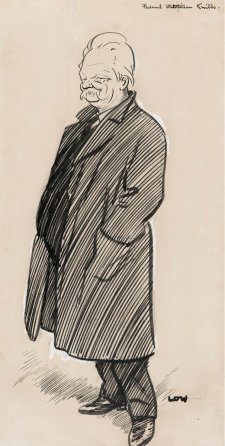
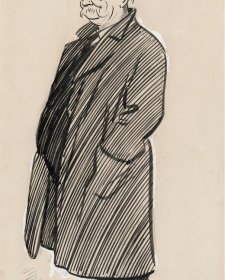
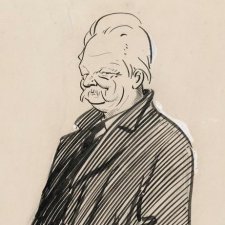
Dr. Sarah Engledow tells the story of Australia's first Federal statistician, Sir George Knibbs.
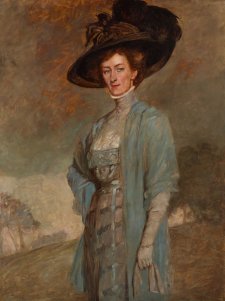
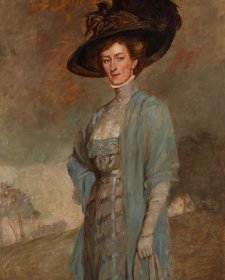
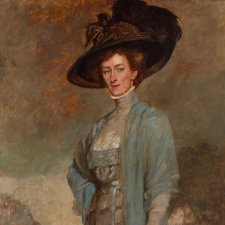
Spanning the 1880s to the 1930s, this collection display celebrates the innovations in art – and life – introduced by the generation of Australians who travelled to London and Paris for experience and inspiration in the decades either side of 1900.